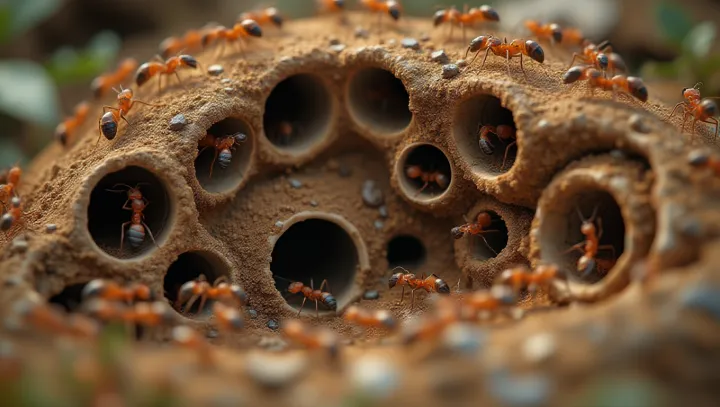Ants Unite: Building Complex Wonders

In the dense forests of the Amazon, a fascinating phenomenon unfolds as tiny engineers work collectively to erect intricately designed structures. Ant colonies, renowned for their extraordinary organizational skills, demonstrate an unparalleled ability to cooperate, leaving researchers in awe. The success of these complex constructions can be largely attributed to the clearly defined roles each ant plays within the colony.
Just like in a human society, where diverse skills and jobs contribute to overall productivity, ants divide labor into tasks such as foraging, nursing, and defending. This division is crucial to the rapid development of their architectural feats. According to Dr.
Eleanor Bates, a leading entomologist, 'the interplay of these specialized roles leads to efficient problem-solving, enabling ant colonies to adjust and thrive in changing environments.' This dynamic model of cooperation not only aids in building but also in maintaining the colony's structure. As we delve further into the natural world, these industrious insects provide insight into the power of teamwork and adaptability. Their tiny worlds, invisible to the hurried human eye, stand as testament to the possibilities embedded in social cooperation.
